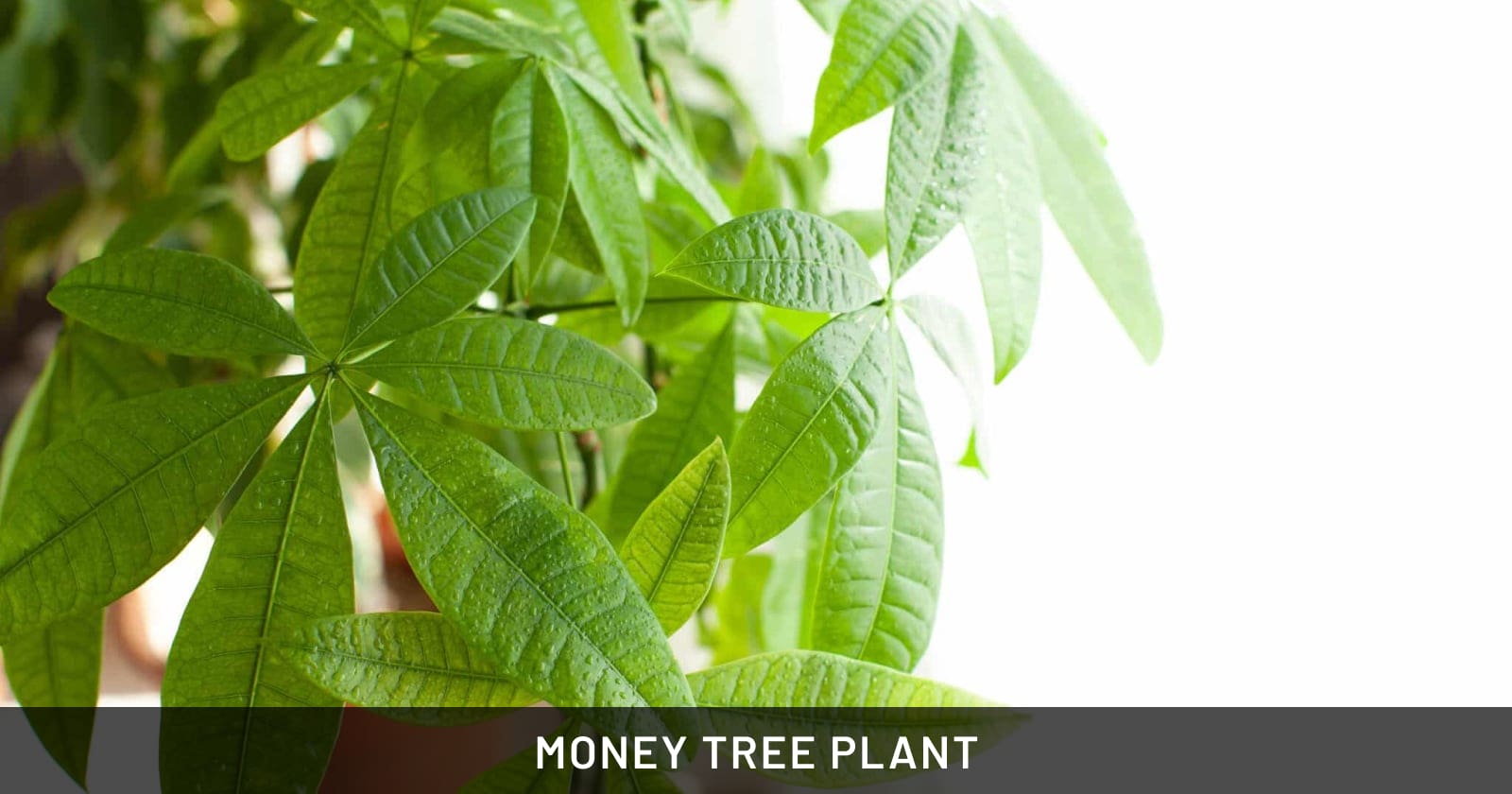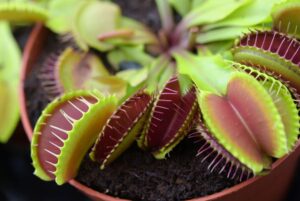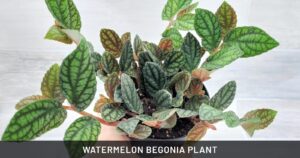The Money Tree plant, scientifically known as Pachira aquatica, is not just a symbol of prosperity; it’s also a vibrant addition to any indoor space. Characterized by its braided trunk and lush, glossy leaves that fan out gracefully, it’s a centerpiece that invites both admiration and conversation. Thriving in indirect light and requiring only moderate watering, this plant is exceptionally low-maintenance.
For pet owners, the Money Tree offers a reassuring bonus—it’s non-toxic to cats and dogs. This means you can decorate your home without worrying about your furry friends’ safety. The Money Tree’s resilience and pet-friendly nature make it an ideal choice for busy pet owners seeking a touch of greenery and good fortune in their living spaces. Enjoy the lush aesthetic, with peace of mind that your pets are safe and sound.
| Characteristic | Details |
|---|---|
| Scientific Name | Pachira aquatica |
| Common Names | Money Tree, Guiana Chestnut, Malabar Chestnut, Saba Nut |
| Family | Malvaceae (formerly Bombacaceae) |
| Native Range | Central and South America, especially wetlands and swamps |
| Plant Type | Tropical wetland tree often cultivated as a houseplant |
| Height (Indoors) | Up to 6-8 feet |
| Spread | 3-4 feet |
| Trunk | Notable for its braided trunk in cultivation |
| Leaf Shape | Palmate, with 5 to 9 leaflets per leaf |
| Leaf Color | Deep green |
| Flower | Large, showy, cream-colored flowers (rarely seen indoors) |
| Fruit | Edible nuts within large, woody pods (rare in cultivation) |
| Growth Rate | Moderate |
| Light Requirement | Bright, indirect light |
| Soil Type | Well-draining, sandy loam |
| Water Requirements | Moderate; prefers moist soil but not waterlogged |
| Humidity | High |
| Temperature | Prefers 65-75°F (18-24°C) |
| Uses | Ornamental, believed to bring financial good luck |
| Toxicity | Non-toxic to cats and dogs |






